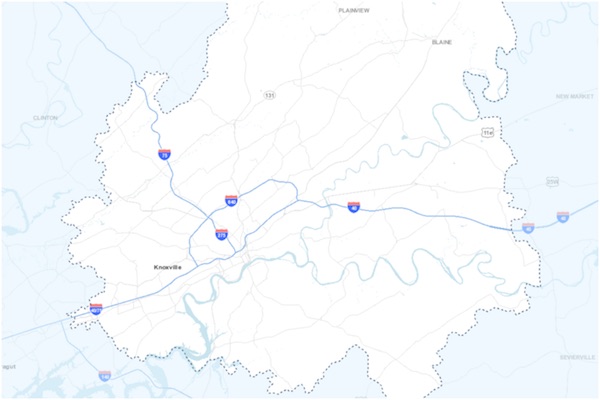KUB's Outage Restoration Process
KUB damage assessors (DAs) and line crews begin work to restore power to customers as soon as conditions are safe to do so. Report an outage here.
How to Identify Damage Assessment & Line Work
Damage Assessors (DA) are sometimes on-site in pickup trucks before line crews to determine what materials and resources crews need to make each repair. Please drive with caution around DA vehicles, as they make frequent stops to inspect damage and collect information. Once DAs relay necessary information to KUB System Operations, they move to the next outage location to assess there. Line crews in bucket trucks are then able to begin work restoring power as quickly as possible using the information DAs provide.
KUB Order of Restoration
During a typical outage, KUB uses the sequence below to determine the order of restoration. Each sequence is represented by different color outage markers on KUB's outage map.
| Critical system loads that include hospitals, communications systems, water/wastewater pump stations, and other services vital to public welfare. (Any color outage marker on the outage map) | |
| Transmission lines (the backbone of the electric system) serving the largest number of customers. (Red outage markers on the outage map) | |
| Substation equipment that can impact large numbers. (Usually red outage markers, but occasionally purple markers on the outage map) | |
| Distribution lines serving subdivisions, large housing areas, and commercial areas. (Purple, green, and orange markers on the outage map) | |
| Service lines and transformers that serve small numbers of customers. (Orange and black outage markers on the outage map) | |
| Service lines and transformers serving individual customers. (Black outage markers on the outage map) |

Outage Map
View and report outages here or using KUB's new mobile app available at the App Store or Google Play.
View Map